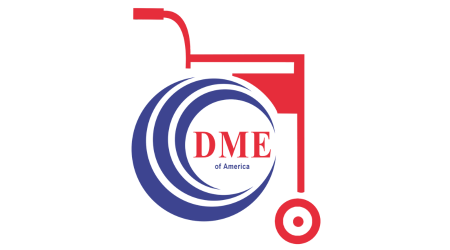The healthcare industries rely on meticulous preparation and medical equipment acquisition to keep up seamless operations and provide one of the best possible treatment for patients. The Medical Equipment Planning process is a difficult process that gets better in the effectiveness, security, and standard of service in healthcare facilities. Let's take a closer look at medical-equipment-planning's significance and effects on the health care system.
Medical Equipment Planning Is Important which are:
The chief goal of Medical Equipment Planning is to set a high standard for patient care. Medical practitioners and professionals can treat patients quickly and effectively if essential medical equipment, like rollators, DME nebulizers, and Electric Scooter DME, is readily available. Not only can these gadgets improve therapy results, but they also increase patient comfort and pleasure. A DME walker or motorized wheelchair like pride jazzy carbon for example, can be of great aid to a patient who needs mobility support, allowing them to maintain their independence and move around in comfort.
Improved Patient Care:
Medical Equipment Planning makes sure hospitals have the instruments and equipment needed to offer on urgent basis, on regular days and efficient patient treatment. Having the appropriate, suitable apparatus and equipments on hand, such as portable nebulizer machines and motorized scooters, enhances therapy results and patient satisfaction and happiness.
Operational Efficiency:
Efficient work processes are important to the smooth operations of Medical facilities. Medical Equipment Planning is necessary for maximizing the operating efficiency since it involves the careful and thoughtful arrangement as well as placement and layout of medical apparatus. By making sure that health care suppliers have effortless access to the resources and materials they need, this minimizes delays and expedites the procedures. As a result, there is a rise and improvement in staff productivity and patient throughput, leading to a more efficient health care delivery system.
Properly designed and maintained medical equipment reduces operational streamlines and removes obstacles in procedures. This means cutting down on patient wait times, optimizing worker efficiency, and setting up wheelchairs and Pediatric Rollator in handy places.
Compliance with Regulations:
In the healthcare sector, following rules and regulations are essential and to be followed, compliance with regulatory standards is compulsory and cannot be notched. Medical Equipment Planning makes sure that medical facilities follow the rules regarding the accessibility, upkeep, and safety of their equipment. Facilities that follow these guidelines reduce risks, guarantee patient safety, and uphold their reputation in the medical community. By doing this, the health care facility's reputation is protected in addition to the patients.By making sure that facilities obey the regulations regarding the accessibility of the equipment safety, and maintenance, medical-equipment-planning helps to reduce potential hazards and liabilities.
Medical Equipment Planning: Cost-Effectiveness
Effective cost management requires the strategic use and acquisition of medical equipment. With the help of Medical Equipment Planning, health care institutions may optimize resource allocation and cut down on wasteful spending by making well-informed decisions about the purchase, maintenance, and use of equipment. Facilities may maximize the return on their investments by partnering with reliable suppliers like DME of America and Vive Health Mobility, who offer high-quality equipment at low and budget friendly pricing.
Conclusion:
Medical Equipment Planning is an essential and major part of running and managing a health care center effectively. Health care providers can optimize patient care, promote cost-effectiveness, maintain regulatory compliance, and increase operational efficiency by giving priority to Medical-Equipment-Planning and putting strategic and wise planning mechanisms in place. Health care institutions may confidently navigate the changing health care market which upgrade and improve operational excellence and set standards of care by adopting MEP principles and working with reliable suppliers.
In the end, funding MEP is an investment in both the general health of people and the prosperity of health care facilities.
FAQS
Hey Siri, How can Medical Equipment Planning participate for the protection of patients?
Lowering the risk of accidents and increasing patient safety, medical equipments and apparatus planning involves assessing the design of health care facilities to make sure that necessary equipment is readily accessible and positioned safely.
How does the planning of medical equipment impact the adherence to regulations?
Medical Equipment Planning assists health care facilities in meeting regulatory requirements concerning equipment availability , upkeep and safety by adhering to set rules and standards.
What aspects should medical institutions take into account when choosing a supplier of medical equipment or supplies?
A supplier like DME of America should be selected based on a variety of standards, including product quality, cost, dependability, and customer service.
How can operating efficiency be maximized through Medical Equipment Planning?
The application of methods for medical equipment planning such as streamlined workflows, thoughtful and strategic placement of devices and efficient layout designs, can greatly improve operational efficiency in health care facilities.
How do DME wheelchair and electric scooters appropriate for the planning process for medical equipment?
In order to provide ease for patients with mobility impairments, facilities must strategically incorporate major mobility aids like power wheelchairs and electric scooters into their designs.

